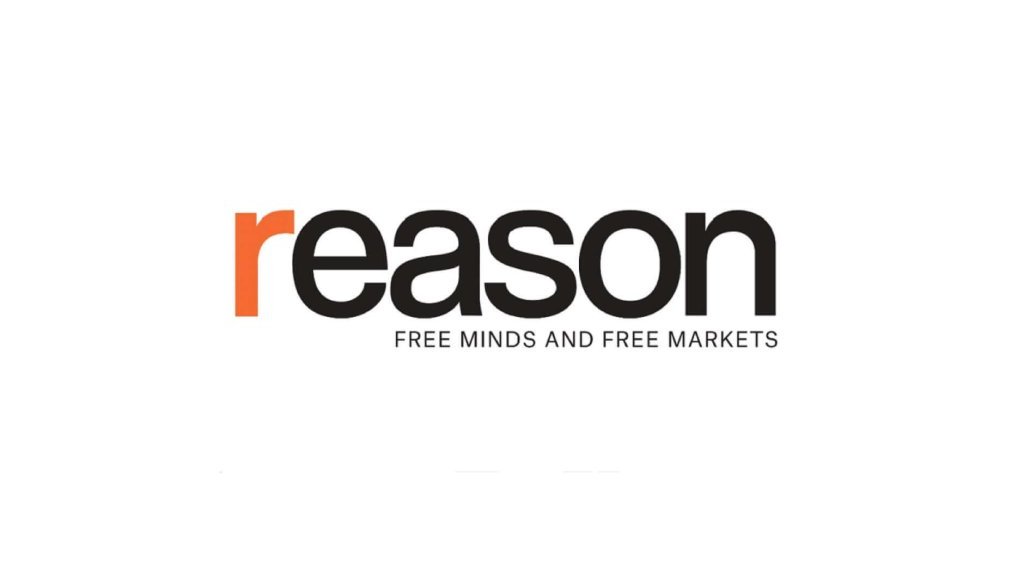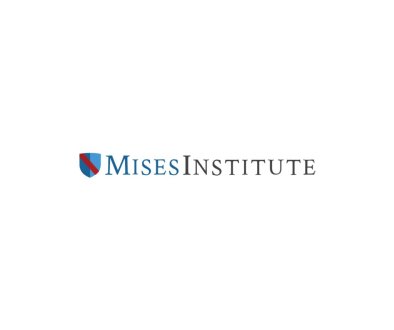Slow and Steady
Happy Tuesday and welcome to another edition of Rent Free. This week’s stories include:
- The devastating unintended consequences of Los Angeles’ “mansion tax” on commercial and multifamily housing development.
- The devastating (possibly intended) consequences of the White House’s new tariffs on homebuilders.
But first, our lead story on the slow progress of rebuilding efforts in fire-stricken Los Angeles.
Slow and Steady
Monday marked the three-month anniversary of the outbreak of the devastating wildfires in the Los Angeles area.
Los Angeles Mayor Karen Bass marked the occasion by touting a disaster recovery effort that, thanks to expeditious local, state, and federal actions, is the “fastest in modern California history.”
In a press release, Bass said that hazardous debris removal and the restoration of water and electricity services are moving faster than they did after the 2018 Camp Fire in Northern California.
The mayor also cited her own use of emergency executive orders that “cut through red tape” to allow for faster rebuilds of homes, businesses, and schools.
As fast as government officials are moving, there remains much work to be done and the successes touted by the mayor also come with a number of asterisks.
As of about two weeks ago, the number of building permits issued for wildfire rebuilds remains in the low single digits.
Cleaning Up
In late February, the federal Environmental Protection Agency (EPA) announced that it had completed “Phase 1” debris removal—which involves the removal of hazardous waste like propane tanks, electric vehicle batteries, and asbestos.
Yet while the EPA was touting a 100 percent completed Phase 1, the Los Angeles Times reported that the removal of Phase 1 hazardous materials had been deferred to the Phase 2 stage of operations on some 4,000 destroyed properties (or a third of all properties destroyed in the Eaton and Palisades fires).
The EPA says physical hazards like unstable structures and blocked access are responsible for the deferred Phase 1 activities. The agency’s debris removal status map shows hundreds of properties still require deferred Phase 1 debris to be removed.
Once Phase 1 debris removal is complete, contractors hired either by the U.S. Army Corps of Engineers (USACE)—which provides free debris removal—or property owners themselves can perform Phase 2 clearances of remaining debris. Once that’s done, reconstruction can begin.
Bass’ Monday press release says that 260 properties in the city have had debris completely removed. But some 4,000 properties were destroyed in the Palisades fire alone, meaning the vast majority of properties still require clearance.
Only 12 percent of parcels affected by the Eaton and Palisades fires that are eligible for USACE debris removal have been cleared. USACE estimates that debris removal will take a full year to complete.
Expedited Rebuilds?
Bass issued her first rebuilding streamlining order on January 13. It was later modified and expanded by an amended order issued on March 18.
Both called for initial permit reviews for qualifying wildfire rebuilds to be completed within 30 days and for the city departments to establish a one-stop permitting center that would conduct reviews of all needed city permits sequentially.
Despite that expedited schedule, only a handful of permits have been issued thus far. Two weeks ago, the Los Angeles Times reported that only three permits had been issued for full wildfire rebuilds, out of 72 applications filed.
Some builders have also complained that even simple projects that should be easy to approve have languished in the city bureaucracy.
“I
Article from Reason.com

The Reason Magazine website is a go-to destination for libertarians seeking cogent analysis, investigative reporting, and thought-provoking commentary. Championing the principles of individual freedom, limited government, and free markets, the site offers a diverse range of articles, videos, and podcasts that challenge conventional wisdom and advocate for libertarian solutions. Whether you’re interested in politics, culture, or technology, Reason provides a unique lens that prioritizes liberty and rational discourse. It’s an essential resource for those who value critical thinking and nuanced debate in the pursuit of a freer society.




